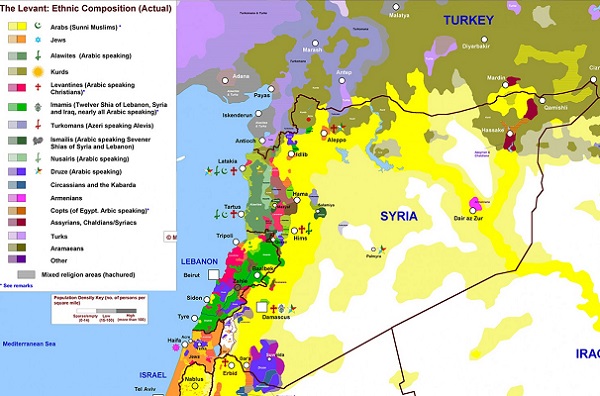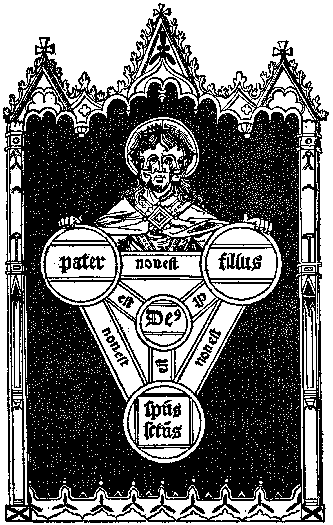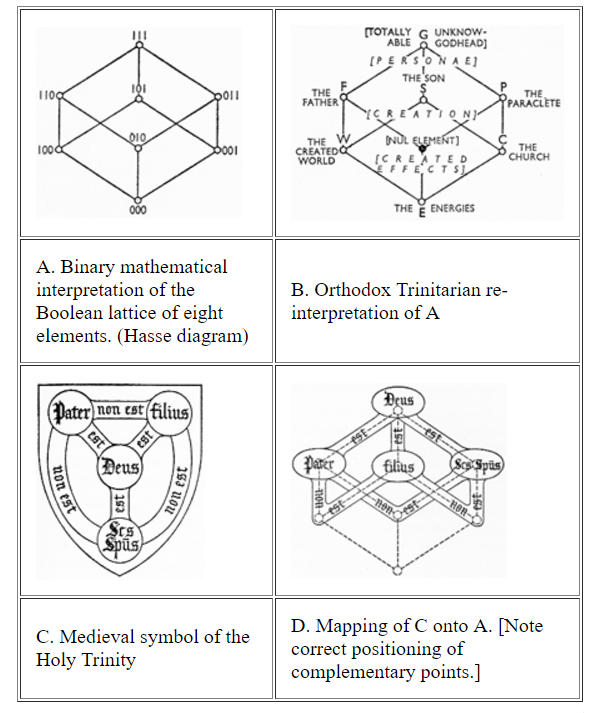From Brooklyn to Birmingham, a contemplative stroll
Wednesday, April 19th, 2017[ by Charles Cameron — unity in the face of difference, radiance in the face of rage ]
.
This little pilgrimage began when I saw this tweet, reteeted by The Bridge initiative:
A Taoist (me) gives up his seat to a Hasidic couple, who scoot over so a Muslim woman can nurse her baby on Easter Sunday. #America pic.twitter.com/1HbzE8sVgi
— Jackie Summers (@jackfrombkln) April 16, 2017
A Taoist, and from Brooklyn — okay!
**
I went off to track down Jackie Summers from Brooklyn, and behold, checking his FB feed I run across this, from a few days back:
which sends me to this deliciously quiet and unassuming TV news report from, yes, New Zealand if I’m not mistaken:
[ would that all the world’s newscasters showed such restraint ]
**
That newscast in turn let me to this tweet from a British MP:
Who looks like they have power here, the real Brummy on the left or the EDL who migrated for the day to our city and failed to assimilate pic.twitter.com/bu96ALQsOL
— Jess Phillips MP (@jessphillips) April 8, 2017
And this even more glorious photo of Saffyah Khan‘s face, taken from the Guardian’s report, Protest photos: the power of one woman against the world:
**
From that Guardian article:
Shows of strength and defiance aren’t in short supply at your average protest – demonstrating, by its nature, requires a level of commitment that weeds out the bystanders, the unimpressively apathetic. But what is it that makes the money shot? The protest photo that goes viral? Well, for one, women. Or, more accurately, one woman. Often a striking, beautiful-looking woman. But mostly, a woman who looks like a badass without seeming to do anything much that is dramatic at all.
For anyone trying to work out the Venn diagram of iconic protest imagery, three tropes will immediately jump to the fore: the quiet dignity of said woman; the battle-hungry paraphernalia of male authority (your shields and batons and chunky uniforms); and the dramatic flip of power that clash presents.
**
Pretty much all of the above — the Taoist, the Hassidim, the Muslim lady with child, the radiant protester Saffiyah Khan, Jess Phillips MP — have gone viral, in a world that thirsts for such things.
Deep bows to them all!













